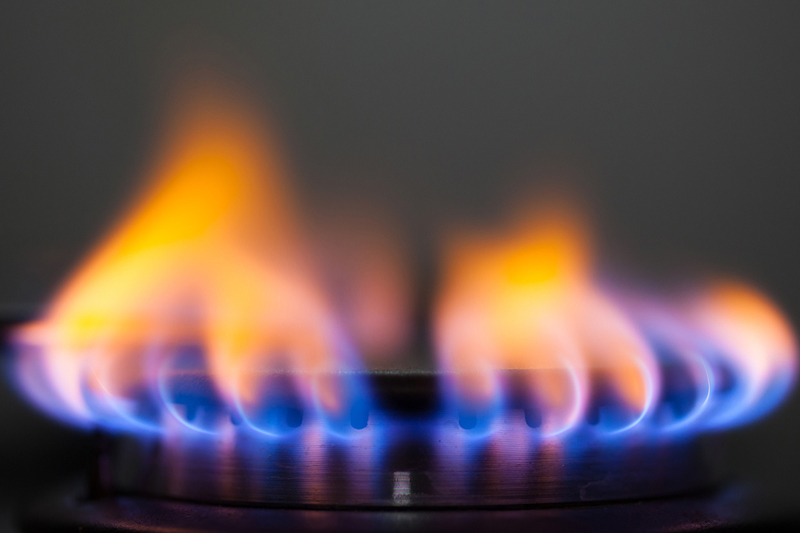By Henning Gloystein and Gavin Maguire
SINGAPORE, Sept 8 (Reuters) - The liquefied natural gas (LNG) industry has morphed from energy's golden child to black sheep in the last two years, with demand slumping just as supplies soars.
While low prices are a boon for consumers, the lack of demand and lowered revenue will threaten the efforts of companies to recoup investments in LNG export terminals in the United States and Australia. Further, future projects will have a hard time gaining approval.
Asia demand was expected to soak up this supply but the region has turned to alternative and cheaper fuels. LNG imports to Japan, the world's biggest consumer of the fuel, are down 5.3 percent for the first seven months of 2016, government data shows. Meanwhile, South Korea's imports in July dropped 15.2 percent from the same time a year ago.
These numbers mirror the lacklustre global LNG demand growth that Dutch bank ING said was only 1.5 percent over the past five years.
At the same time, ING said existing LNG exporters from the U.S., Australia, and Qatar plan to add 190 billion cubic metres (bcm) per year of liquefaction capacity by 2020, a 50 percent increase from current levels, taking total global capacity to 600 bcm a year.
"To maintain current LNG utilisation rates, we need to see LNG demand grow at 7.6 percent between now and 2020," the bank said in a report on Wednesday.
While coal and oil, LNG's competitors, have risen this year, LNG's ties to the fuels limit its gains. LNG's common price link with crude oil keeps a lid on gas while coal is a cheaper alternative for power generation than LNG.
Once one of the hottest commodities, Asian LNG spot prices LNG-AS almost tripled between 2010 and 2014 to over $20 per million British thermal units (mmBtu), attracting huge investment and triggering new LNG trading desks opening from London to Singapore.
But soaring output from Australia and the United States, as well as the general commodities slump, pulled LNG prices back by almost 75 percent to under $5.50 per mmBtu.
MORE TO COME
Even with the current LNG oversupply, there is more to come.
Huge reserves off Africa's east coast, in the eastern Mediterranean, and in Canada are waiting to be developed, and current exporters like Qatar, Russia, Australia, and the United States have large reserves they could ramp up.
Traders hope the glut will create a liquid LNG spot market, a much talked about affair that has not happened.
Yet there are stumbling blocks here too. While some buyers including Japan's Jera - the world's biggest LNG importer - have said they want to reduce their long-term contract volumes in favour of more spot LNG trading, other importers remain reluctant.
"We need security of supplies as we rely entirely on LNG imports, so long-term supply contracts suit us well. We don't like trading," said Jane Liao, Deputy Chief Executive at Taiwan's CPC Corporation, a top five global LNG importer, and an event in Singapore last week.
Yet not all is doom and gloom. Sustained low prices along with spreading environmental awareness against the use of coal mean that LNG demand will rise, especially in economically growing Asia.
"We're expecting total LNG demand to double by 2030, and for Asia to account for 40 percent of that demand growth," Steve Hill, Executive Vice-President for Gas and Energy Marketing and Trading at Shell (LON:RDSa), said at the FT Commodities Summit in Singapore this week.
"China has the most significant upside potential in terms of gas demand. China's gas share is only around 6 percent. But that share will only grow from now so that's the market to watch in Asia," he added.
